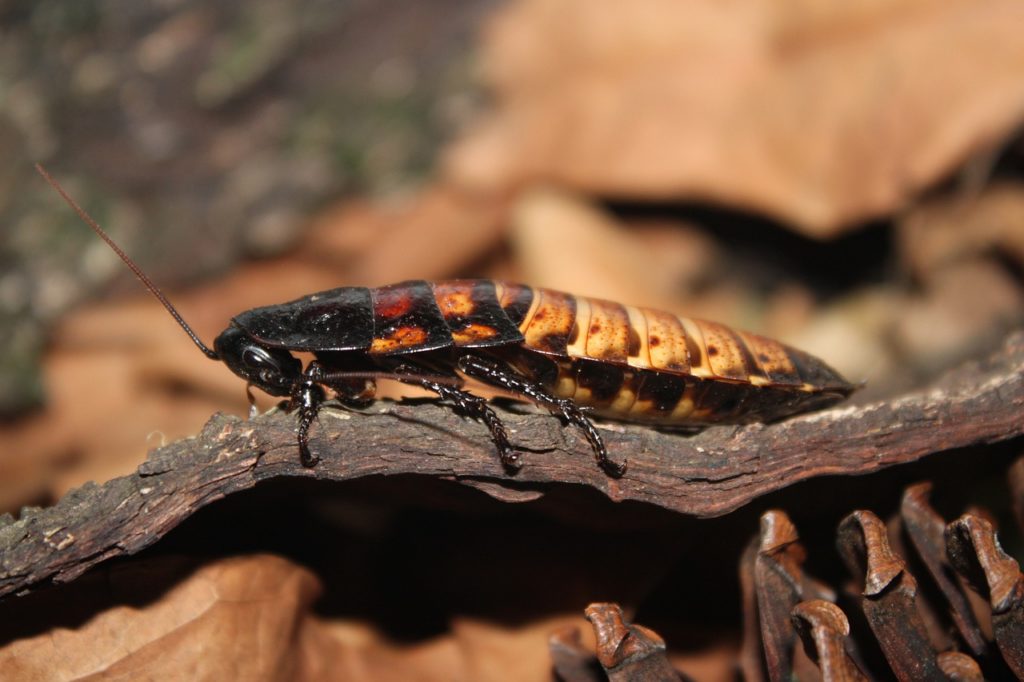
Cockroaches are fascinating creatures that have been around for millions of years. One of the most intriguing aspects of their life cycle is the process of cockroach molting. Molting is when a cockroach sheds its old exoskeleton and replaces it with a new one. This article will delve into cockroach molting, exploring the reasons behind this phenomenon and the stages involved.
Understanding the molting process
Molting is a vital part of a cockroach’s growth and development. As a cockroach grows, its exoskeleton becomes rigid and hinders further growth. To accommodate their increasing size, cockroaches must molt. During this process, the old exoskeleton splits open, and the cockroach emerges with a soft, pliable new exoskeleton. This new exoskeleton quickly hardens and provides protection for the growing cockroach.
Why do cockroaches molt?
Cockroaches molt for several reasons. Firstly, molting allows them to grow. By shedding their old exoskeleton, cockroaches can accommodate their increasing size and continue to thrive. Secondly, molting enables cockroaches to repair any damage or injuries they may have sustained. The process of shedding helps them regenerate lost limbs or repair damaged ones. Finally, molting is essential for the reproduction of cockroaches. Female cockroaches need to molt in order to lay eggs, as their reproductive organs are located inside their exoskeleton.
Stages of cockroach molting
The molting process can be divided into several distinct stages. The first stage is known as the pre-molt stage. During this stage, the cockroach prepares for molting by absorbing water and nutrients to aid in the formation of the new exoskeleton. The next stage is the ecdysis stage, where the actual shedding of the old exoskeleton occurs. The cockroach will find a safe spot to molt, and the exoskeleton splits open, allowing the cockroach to emerge. The final stage is the post-molt stage, where the new exoskeleton hardens, and the cockroach resumes normal activities.
Signs that a cockroach is about to molt
There are several signs that indicate a cockroach is about to molt. One common sign is a change in behavior. Cockroaches may become more sluggish or less active leading up to the molting process. Another sign is a change in color. Cockroaches may appear lighter or more translucent as they prepare to molt. Additionally, cockroaches may seek out dark and secluded areas as they feel vulnerable during the molting process.
Molting complications and challenges
While molting is a natural and necessary process for cockroaches, it can sometimes be fraught with complications and challenges. One common issue is getting stuck in the old exoskeleton. If the cockroach does not shed its exoskeleton completely, it can become trapped and unable to escape. This can lead to deformities or even death. Another challenge is vulnerability to predators. During the molting process, cockroaches are at their most vulnerable, as their new exoskeleton has not yet hardened. Predators such as birds and other insects may take advantage of this weakness.
How long does the molting process take?
The duration of the molting process can vary depending on several factors, including the species of cockroach and environmental conditions. On average, the molting process takes around one to two hours. However, it is important to note that the preparation leading up to molting can take several days. During this time, the cockroach absorbs water and nutrients to facilitate the shedding of the old exoskeleton.
Interesting facts about cockroach molting
Did you know that cockroaches can molt up to twelve times in their lifetime? Each molt brings them closer to adulthood and allows them to reach their full size. Additionally, cockroaches are incredibly adaptable creatures. They can adjust the timing of their molting process depending on environmental conditions, such as temperature and food availability. This adaptability has contributed to their success as a species.
Importance of molting for cockroaches’ survival
Molting plays a crucial role in the survival of cockroaches. Without the ability to molt, cockroaches would be unable to grow, repair injuries, or reproduce effectively. Molting allows them to adapt to changes in their environment and ensures their continued survival. It is a remarkable process that has allowed cockroaches to thrive for millions of years.
Cockroach pest control
While cockroaches are fascinating creatures, they are also unwelcome pests in many homes. If you are dealing with a cockroach infestation, it is essential to take appropriate pest control measures. Cockroaches can carry diseases and contaminate food, posing a risk to human health. Hiring a professional pest control service, such as Recon Pest Services, can help you eliminate cockroaches from your home and prevent future infestations.
Conclusion
Cockroach molting is a natural and essential process that allows these creatures to grow, repair, and reproduce. Understanding the stages and significance of molting provides insight into the fascinating world of cockroaches. While they may be pests in our homes, cockroaches are remarkable survivors. By appreciating their unique characteristics, we can better coexist with these ancient creatures.
Recon Pest Services is here to help you keep cockroaches out of your home year round. Contact us today for a free quote!


